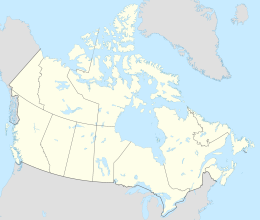| Geography | |
|---|---|
| Location | Gulf of Boothia |
| Coordinates | 70°05′N090°31′W / 70.083°N 90.517°W |
| Archipelago | Canadian Arctic Archipelago |
| Area | 2 km2 (0.77 sq mi) |
| Administration | |
| Territory | Nunavut |
| Region | Kitikmeot |
| Demographics | |
| Population | Uninhabited |
The Hecla and Fury Islands [1] are members of the Canadian Arctic Archipelago in the territory of Nunavut. They are located in western Gulf of Boothia, near the Boothia Peninsula, and southeast of Martin Islands.

